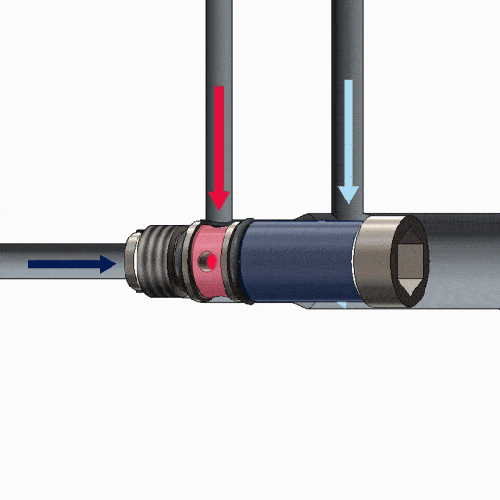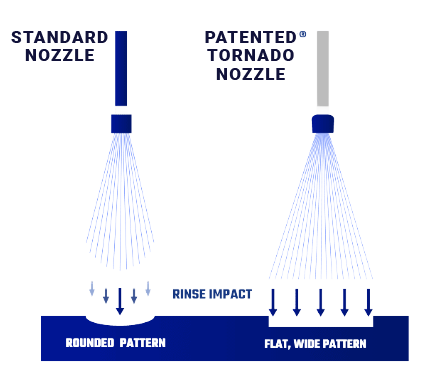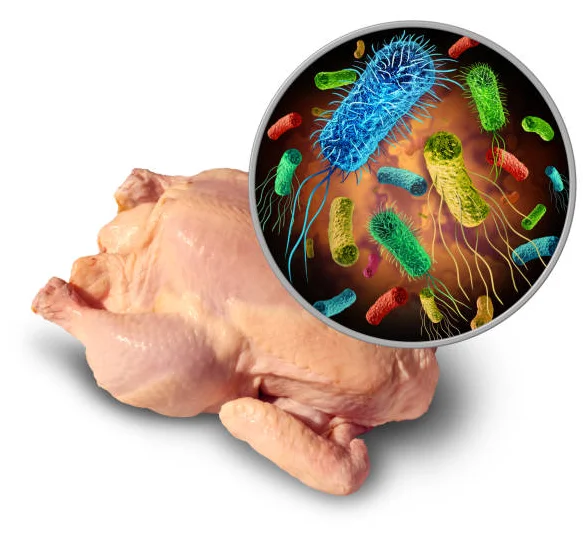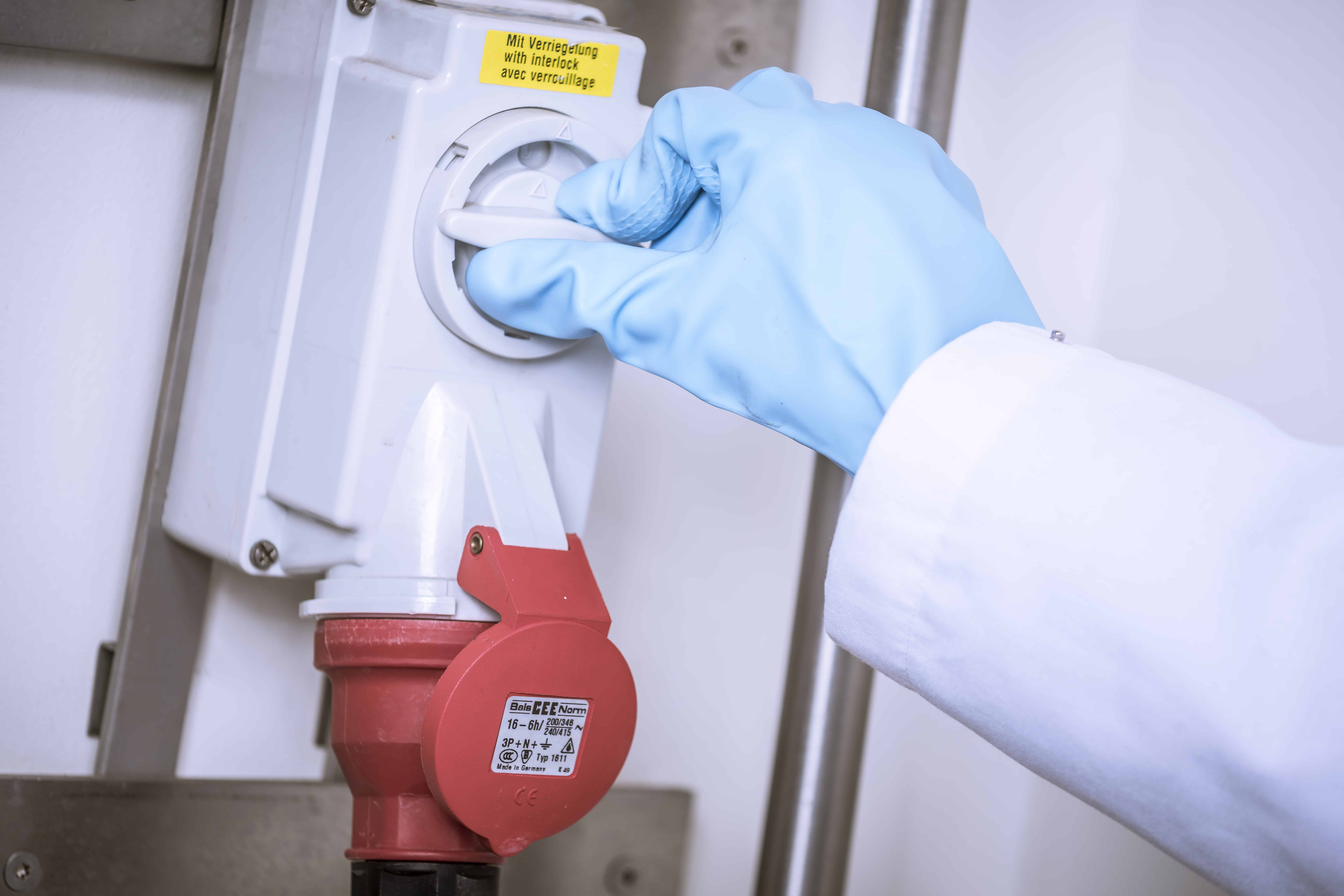
Foam Cleaning
Foam cleaning is a method used in various industries, including the food and beverage industry, for effective and efficient cleaning of surfaces, equipment, and hard-to-reach areas.
It involves the application of a foam cleaning solution that expands into a foam consistency, adheres to surfaces, and aids in the removal of soils and contaminants.
Foam cleaning is widely employed in the food and beverage industry, particularly in facilities where hygiene and sanitation are critical.
It offers efficient and versatile cleaning, reduces water consumption, and helps maintain high cleanliness standards.
Foam Cleaning Principles and Benefits.

Key Aspecsts of Foam Cleaning
Application Process
Foam cleaning involves the use of a mixing block (which is the heart of each cleaning station) that mix water, cleaning chemicals, and air to create a foam solution. Nilfisk FOOD Patented Corona technology air system injects air into the water stream at a higher speed, resulting in better mix of water, detergent and air. Thanks to bigger foam volumes with longer cling time, less detergent is required to do excellent cleaning job.
Foam is applied to the surfaces or equipment using a foam nozzle, The foam expands upon contact, adheres to the surfaces, and remains in place for an extended period, allowing the cleaning agents to work effectively.
Lower Water Consumption
Foam cleaning typically requires less water compared to traditional cleaning methods such as spraying or rinsing with liquid.
A typical Nilfisk FOOD foam nozzle uses 8L/min (2.1 gal/min) of water during the foaming process. During the rinsing process a typical rinse nozzle use 30L/min (7,9 gal/min).
This water-saving aspect makes foam cleaning an environmentally friendly option and contribute to cost savings in terms of water usage.
Enhanced Cleaning Efficiency
The foam consistency of the cleaning solution provides better coverage and longer contact time compared to liquid-based cleaning methods.
Foam clings to vertical and irregular surfaces, allowing the cleaning agents to penetrate and dissolve soils, fats, oils, and other contaminants effectively.
The extended contact time provided by the foa

Corona Technology
Patented Corona technology air system injects air into the water stream at a higher speed, resulting in better mix of water, detergent and air.
The results? Approx. 20% more foam, LONGER cling time, LESS detergent.
Versality and Adaptability
Foam cleaning can be utilized for various applications, including cleaning of production equipment, conveyors, walls, floors, and other hard surfaces. The foam can reach areas that are challenging to clean.

Comparison test
Foam generated by Hybrid system vs. traditional systems.
Optimized Pressure
During the entire cleaning process the Pre-Rinse and Rinse steps take approx 80% of the cleaning time and consume the most water.
Our patented technologies help to safe approx. 47% of water usage and reduce energy consumption.
The Patented Tornado Rinse nozzle bundles and aligns water stream while creating turbulences inside the nozzle, resulting in significant water savings, while increasing the rinsing impact by approx. 20%.
Water stream from the Tornado nozzle is flat and equally strong across the entire rinse pattern. Compared to a standard nozzle, the rinse impact is strongest in the middle of the nozzle, and loosing the strenghts on the sides. This improves the cleanign efficiency.
Optimizing water usage will result in reducing energy consumption used to heat up water, and in turn, indirectly help reduce greenhouse gas emissions and CO2 emissions.
Consuming less water will create less wastewater that need to be processed to make it safe again, thus it will also reduce energy and reduce the greenhouse gas emissions.


Rinse pattern with Nilfisk FOOD patented Tornado Rinse Nozzle.
- Approx. 47% Water Savings
- Higher Rinse Impact
- Less Aerosols
Which pressure?
Which pressure – HIGH or LOW– works best when cleaning in the food industry?
Read our blog to get the right answer.
Clean Smart and Save Water
During the entire cleaning process consisting of ten steps (See figure 1) , the Pre-Rinse and Rinse steps take most of the cleaning time (approx 80%) and consume the most water
Food safety
Why does it matter and how to secure it?
Read our blog to get the right answer.


Save Energy
Best Cleaning Tips in The Energy Crisis.
Enter description text here. Lorem ipsum dolor sit amet, consectetur adipiscing. Quo incidunt ullamco.